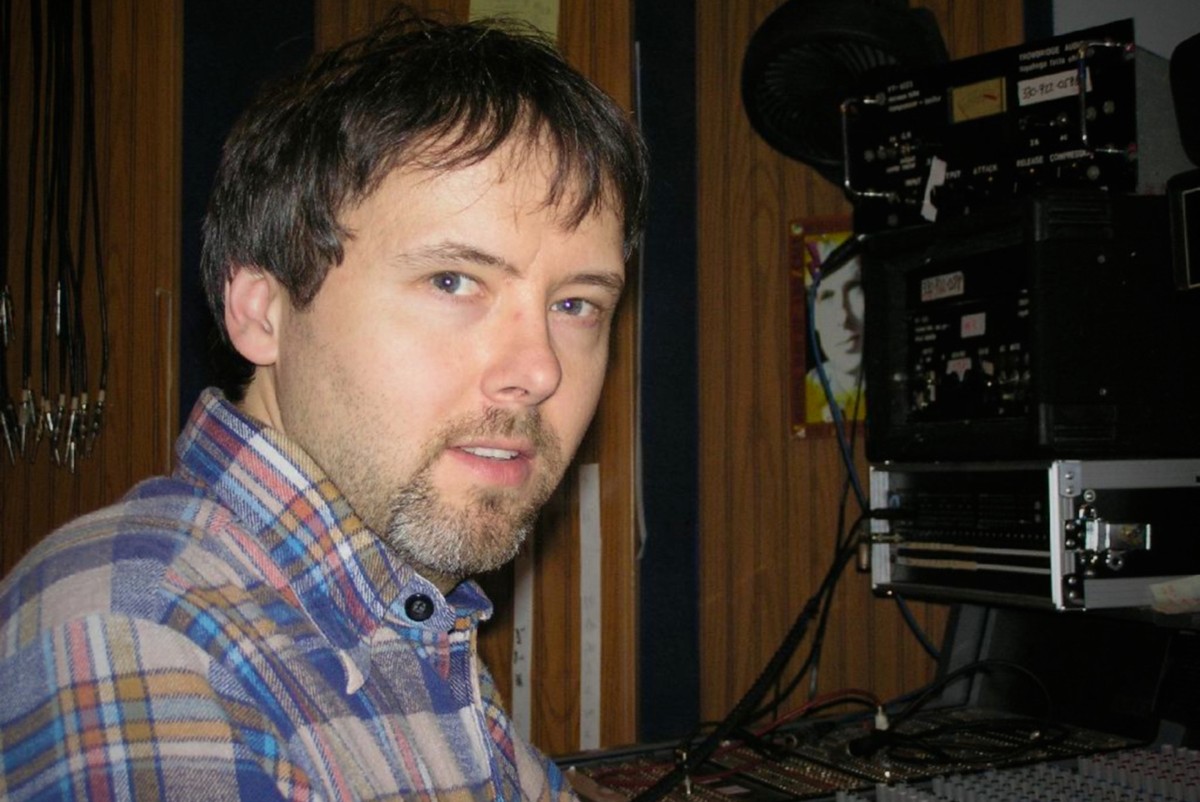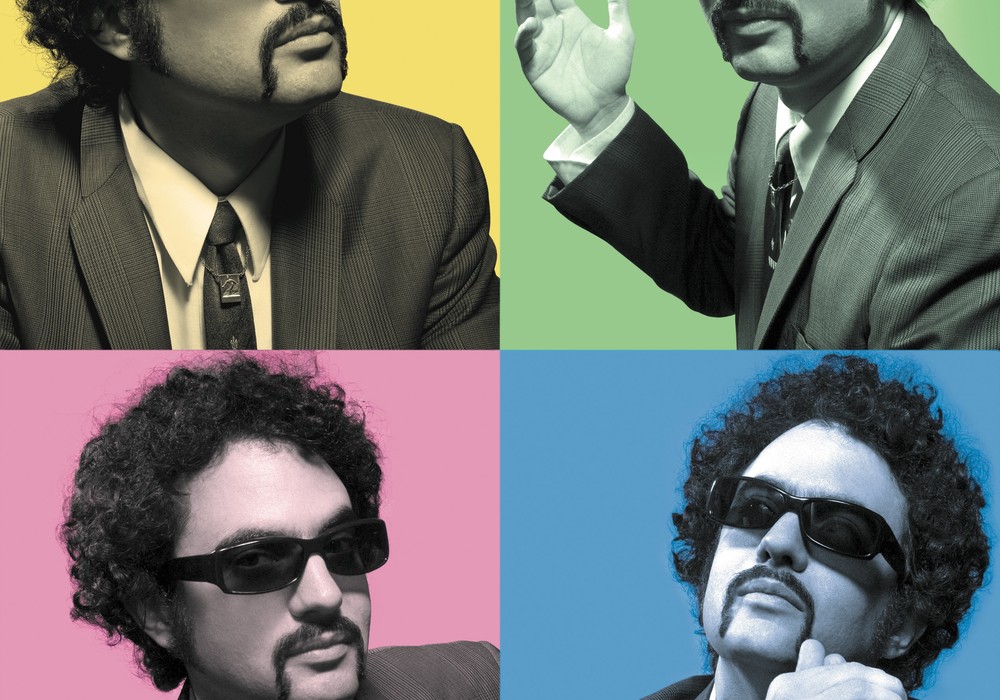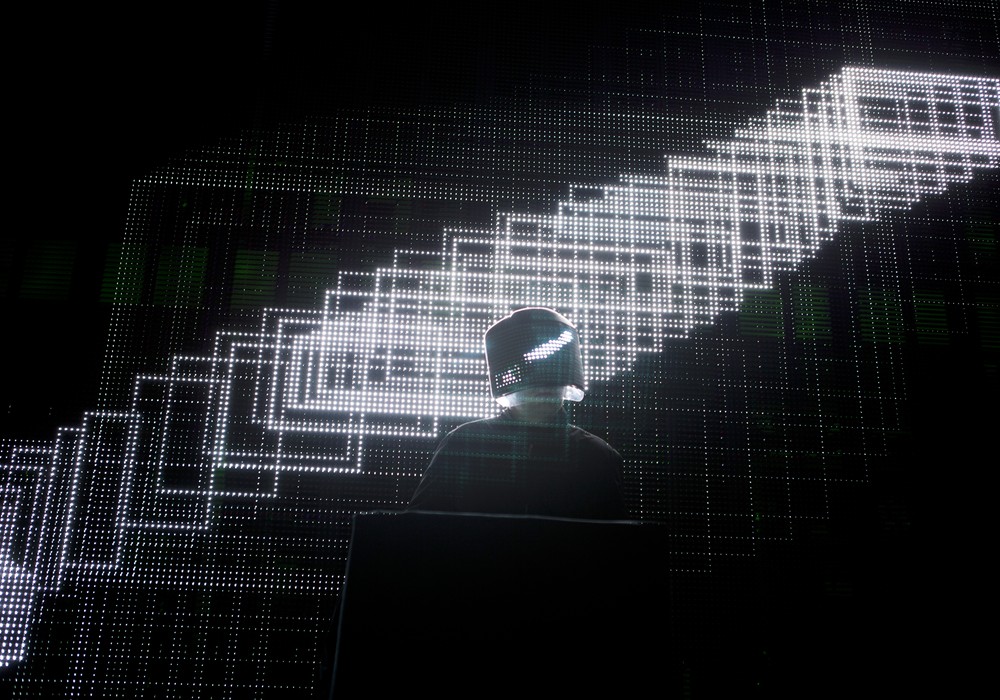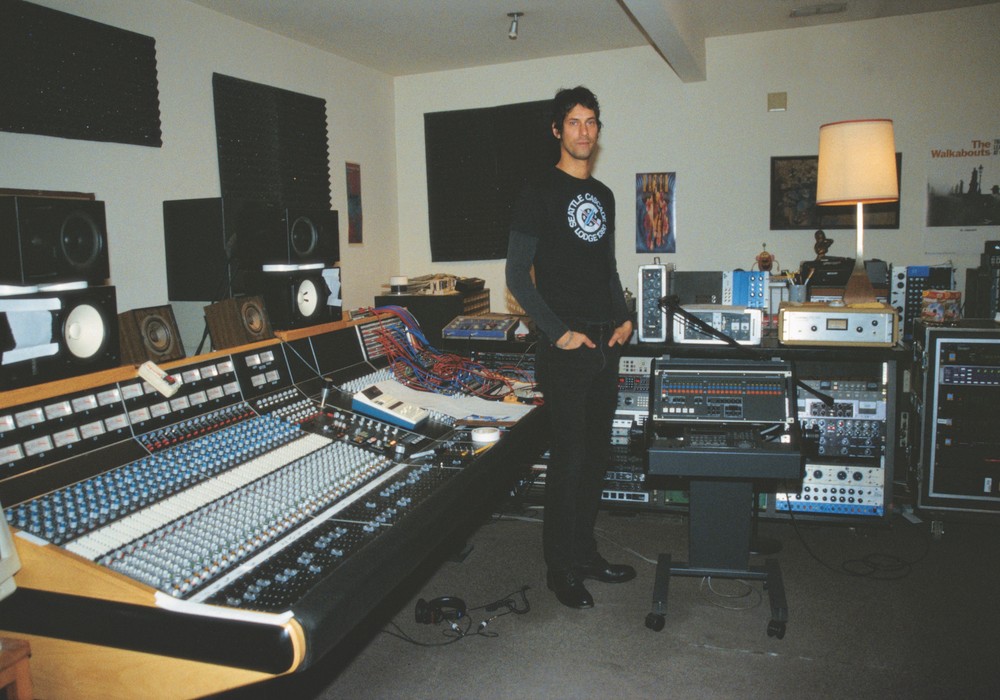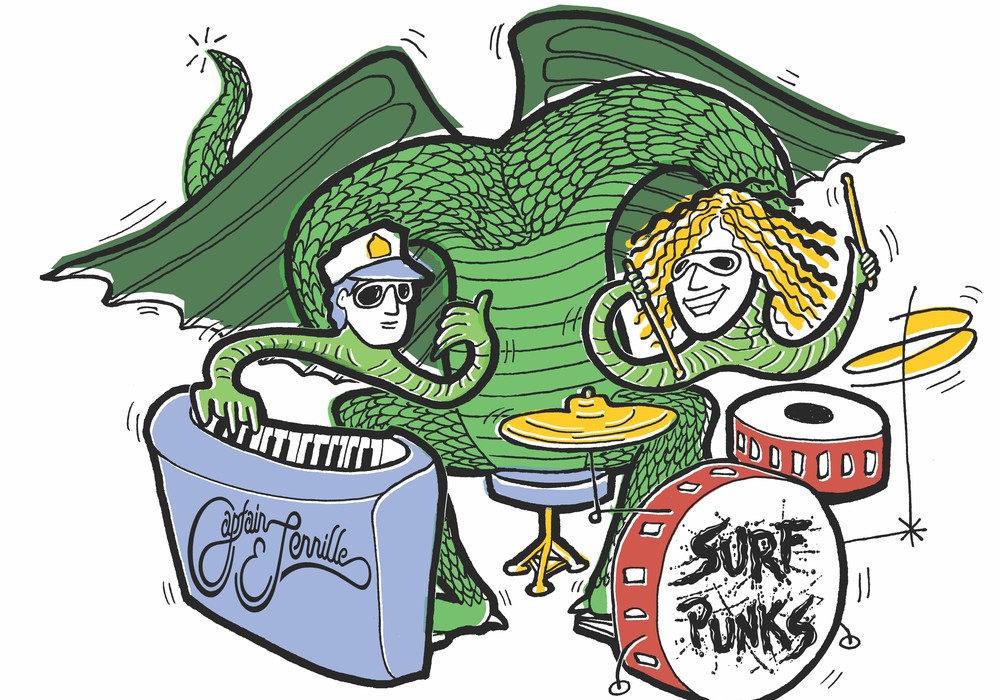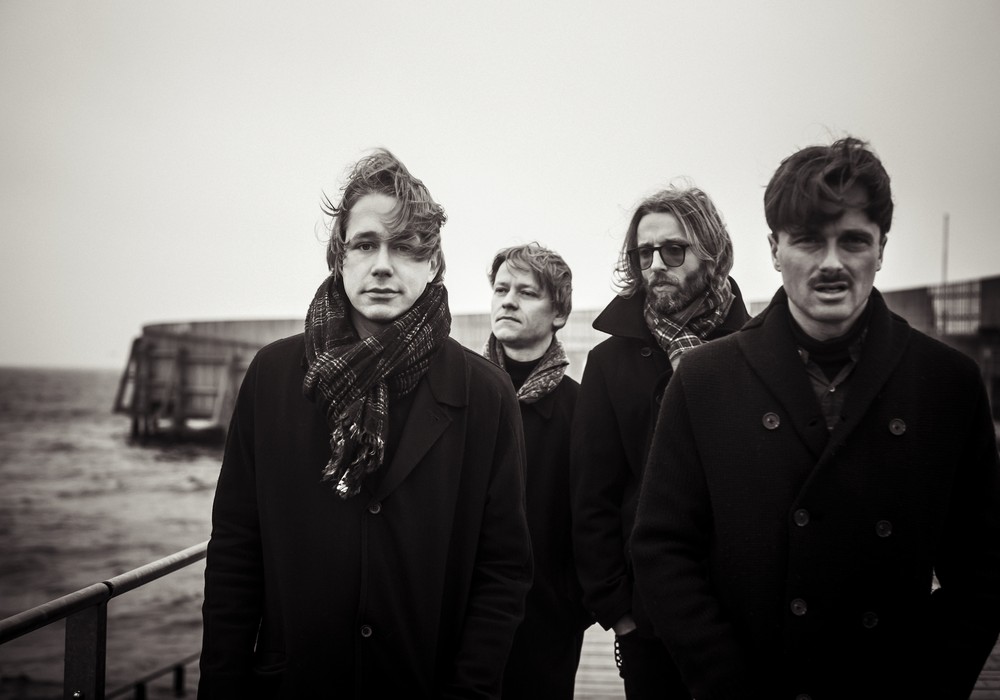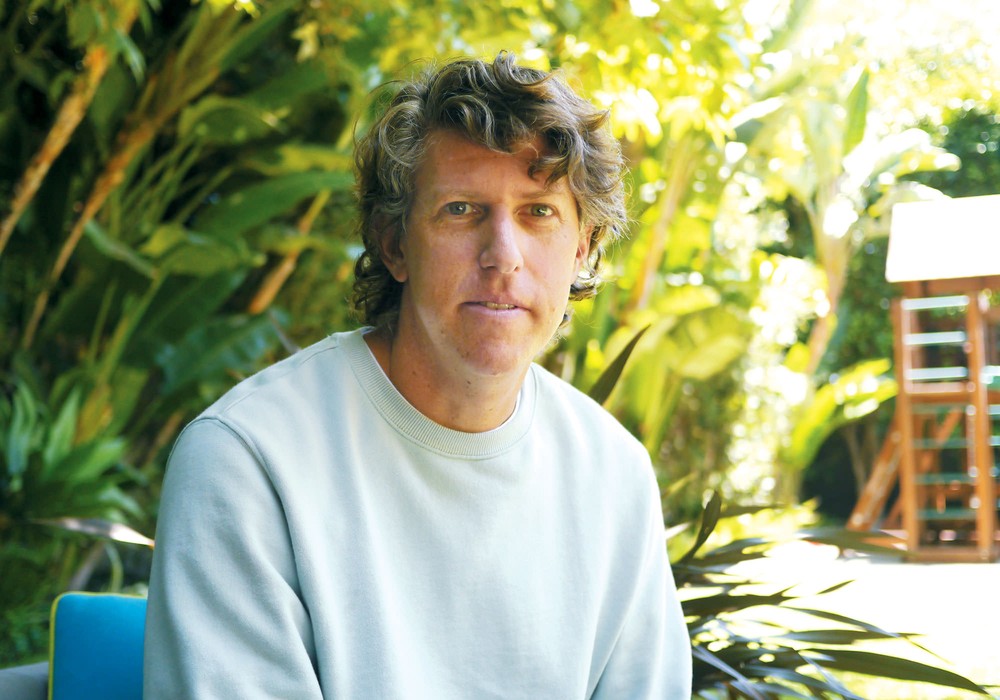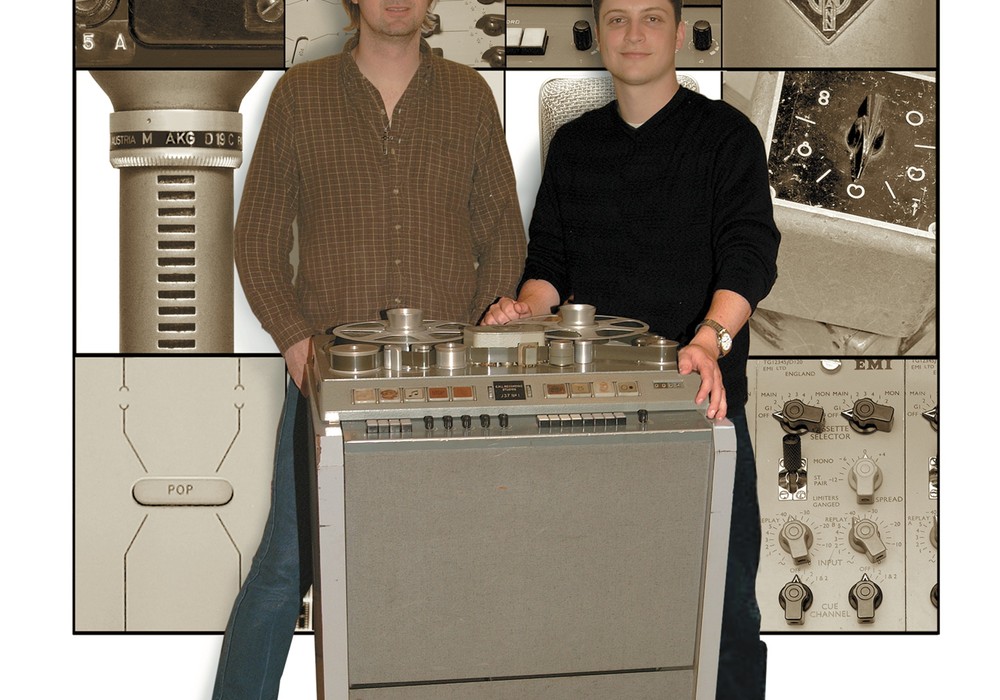With his work on numerous projects, Ohio musician, engineer, and producer Todd Tobias has been quietly demonstrating his skills in all three roles for over a decade, many of which have involved indie-rock legends Guided by Voices and their prolific frontman, Robert Pollard. His clear, powerful recordings of GBV and Pollard allowed them to transcend their original "lo-fi" pigeonhole, while still avoiding overproduction. Todd's talent for experimental sound-sculpting is evident from his own musical pursuits, which include Circus Devils (a studio project with Pollard on vocals), and Brother Earth, as well as solo releases. Operating from his studio, Waterloo Sound (originally in Kent, Ohio, and currently near Cleveland in Brecksville), Tobias has also engineered and produced albums for George Griggs, Kramies, The Library is on Fire, and many others.
What gear are you working with at Waterloo Sound?
I track on a few different machines. There's an Alesis HD24 hard drive recorder, a Tascam 1-inch, 16-track tape machine, and a Teac 8-track, 1/2-inch machine. Over the years, I've come to peace with the equipment I'm able to have, as opposed to feeling sad about equipment I can't have. My board is a 32-channel Mackie, made in the '90s. I've always wanted to replace it, but I haven't been able to. I used to be angry at it and blame it for bad work, but Chris Keffer [at Magnetic North Studio], who masters most of my stuff, helped me get over that. Chris helped to instill the idea in me that an engineer proves his ability by doing good work, in spite of sub-professional equipment.
What about microphones?
Most of my condensers came from a studio that went bust years ago. I inherited other mics from my friend, Scott Bennett, who ran the old Waterloo Sound in his house [in Kent, Ohio]. I go to Shure dynamics a lot for drums, amps, and vocals. I also like the Cascade Fat Head ribbon mic on amps. There's an Oktava tube mic that gets used on vocals and acoustic instruments. I have [Sennheiser] MD 421s for bass cabinet and toms, [AKG] D 112 on kick drums, and an Electro-Voice 635A on vocals. For acoustic guitar and ride cymbal overheads, I like the [Shure] SM81. A good, neutral-sounding condenser that I use a lot on vocals and drum overheads is the Audio-Technica AT4050. I also like the built-in mic on the old boombox Bob [Pollard] uses to make demos!
You also use a Vintech X73 preamp for the snare mic. How did you decide on that preamp?
Chris Keffer had one of those in his studio. I admire a lot of recordings from the '70s, and whenever I'd talk to engineers they all seemed to be in agreement that this was the preamp for that fat snare sound. That is an important part of the drum sound to me.
What do you have for tracking rooms?
I built them out of an open basement, which I partitioned into a control room and two main recording rooms. They're small — about 9 by 12 feet. I couldn't afford to line the walls with hardwood, so I ended up completely deadening one room with fiberglass insulation, and I angled the walls so I wouldn't get standing waves. I have complete control of the sound in that room. The other room has some concrete walls, so I get reflections that aren't completely controllable. It has a little bit of a "bathroom ring" to it. Between the two rooms I can get a selection, and sometimes I'll put the drums in a third room that connects with the garage. It's full of standing waves, but it's a nasty enough "live" sound that, for some songs, it does the trick. In the old Waterloo studio, there was a big main room with hardwood floors; I could get a room sound and use it as part of the song. At the new studio, other than in the room with the nasty reflections, I'm not really able to do that. The drum sound at the new studio's more tight; I have to simulate room sounds with reverbs, or by putting a mic far off in another room. At first I was bummed out about that, but I haven't heard any feedback saying that the sound has deteriorated or anything. The first album of Bob's I did here was We All Got Out of the Army, and after that was Moses on a Snail.
The drums on your recordings still sound like they're being recorded in a space.
That's good. The room mic is actually a couple rooms away, and it's a Shure SM57 that I have pointed at the soundboard on a piano. After I moved out of the old studio, I missed having wood as part of the drum sound. The only wood surface I have now is the piano's soundboard. I get the reflection off that, and the distance from the source creates a little bit of a...


